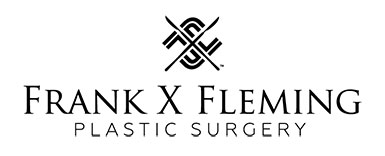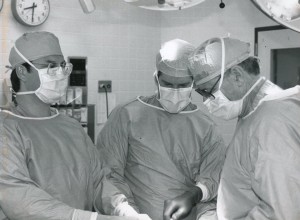Eyelift surgery, when you’re tired of your tired eyes.
Are you tired of your tired eyes? You might be a candidate for eyelift surgery, also known as a blepharoplasty.
As we age many people develop drooping upper eyelids and puffy bags under their eyes. This can make them look older than they are. It can also make them look tired. Sometimes drooping eyelids can affect their vision.
The Eyelift Procedure
During eyelift surgery, fat is removed along with excess skin and muscle from the upper and lower eyelids. Incisions are made along the natural lines of the eyelid. For upper lids an incision is made in the creases of the upper lids. For a lower eyelift an incision is made just below the lashes. The skin is then separated from the underlying fatty tissue and muscle. The excess fat is removed and the sagging skin and muscle are trimmed. The incisions are then closed with very fine sutures.
After surgery your eyes will be lubricated with ointment and bandages will be applied. Your eyelids may feel tight and sore as the anesthesia wears off. Any pain or discomfort you might have can be managed by pain medication which will be proscribed for you.
After Eyelift Surgery
You will be instructed to keep your head elevated for several days. You can use cold compresses to control swelling and bruising. While swelling and bruising varies from patient to patient, generally it peaks during the first week and may linger anywhere from two to three weeks. Some bruising may extend into the cheeks. Most patients feel comfortable going out in public or returning to work withing a week or 10 days. Patients should avoid strenuous activities for at least 2 weeks.
The first few weeks after surgery patients may experience increased tearing and light sensitivity.
Healing from an eyelift is a gradual process. Scars may remain slightly pink for at least 6 months post surgery. Eventually the pink scars will fade to a thin nearly invisible white line.
The Best Candidates for Eyelift Surgery
The best candidates for an eyelift have a significant amount of loose skin, and have realistic expectations.
For more information go to the following link:
https://frankflemingmd.com/procedures/cosmetic-facial-procedures/blepharoplasty-tri-cities/












